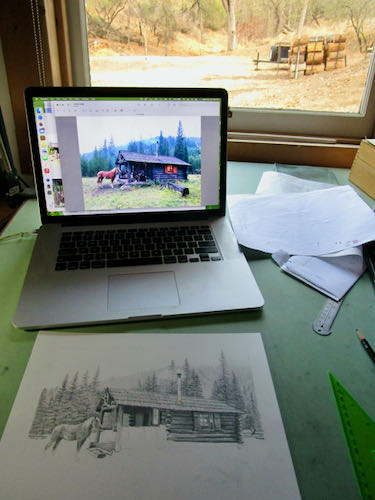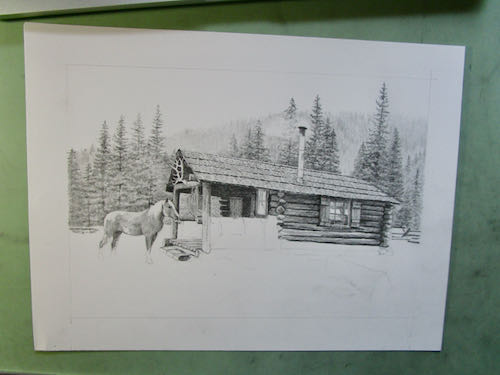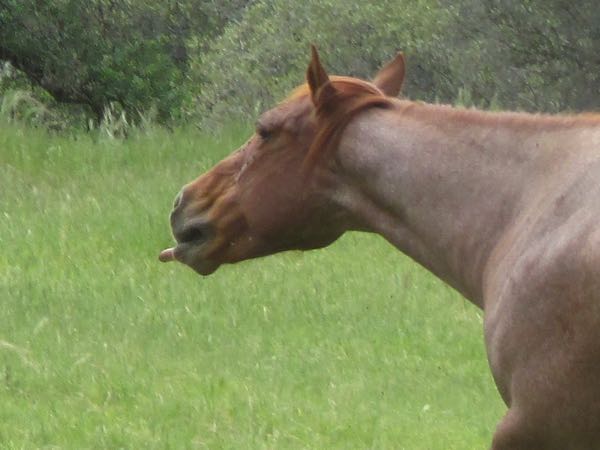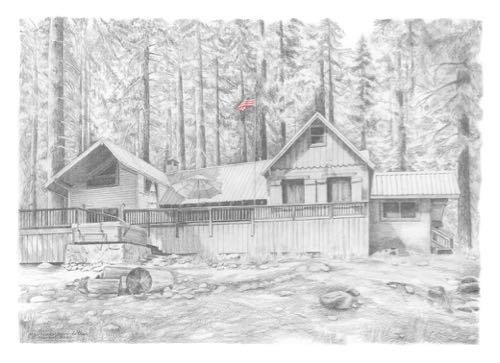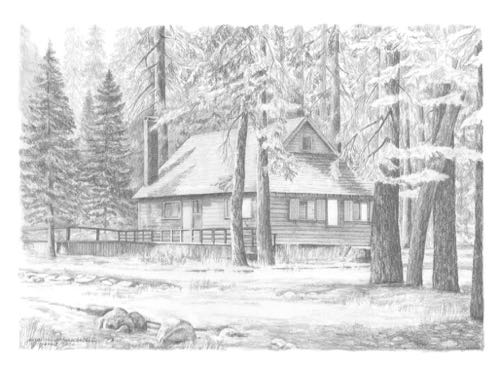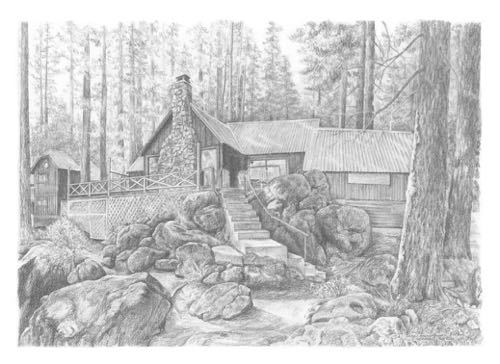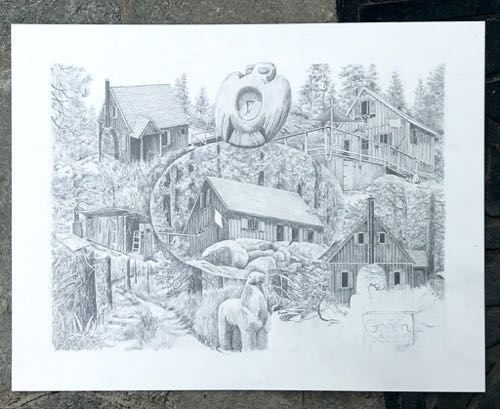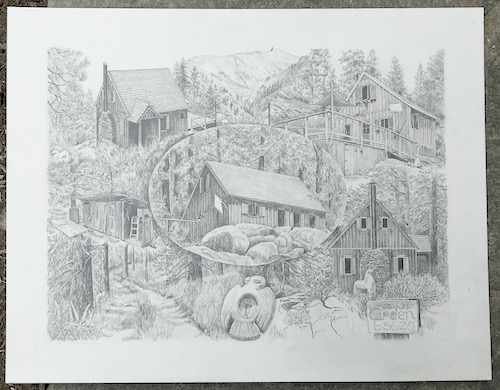I sure do know how to stretch a story out. . . have you noticed how many people use the cliché “long story short”, and then proceed to make a short story even longer? I am sort of doing that here, except I break it into chapters for you, because of another cliché that applies to many blog posts: TLDR (Too long, didn’t read).
Here is scanned Minnesota cabin drawing before I scrubbed it up on Photoshop Junior.
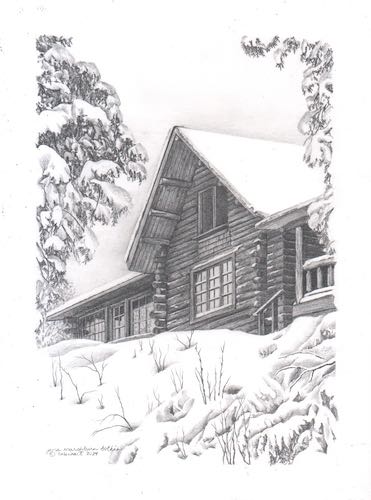
Here it is converted to gray scale with all the chuds erased and the paper color also erased. Chuds are marks on the scanning bed—this word came from the days when I worked in a frame shop. Sometimes after you’d get a piece of art all sealed up under the mat and frame and backing, with paper secured over the back, you’d flip it over and there would be a little something under the glass. My co-workers called these little somethings “chuds”.
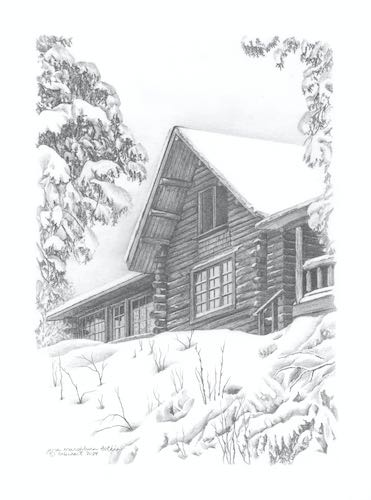
A few more thoughts. It was a thrill to have a stranger find me over the interwebs, because people are always contacting me to say that my Google ratings are too low and that they can help me. (No thanks, you creepy Stalking Strangers; how did you find me on Google if my ratings are too low??)
The customer was a pleasure to deal with. She mailed a check when I told her that PayPal takes a bite, she replied quickly when I asked for more information, and she even marked up the photos so I would know who was on first and what was on second.
Alas, I learned something the hard way. A few months ago, I raised my prices for pencil drawings. It had been years (decades??), and it just seemed like a wise move. BUT I DIDN’T RAISE THEM ON MY WEBSITE. Sigh.
Someone could use a business manager, an administrative assistant, a Girl Friday, a right-hand man. Hmm, I guess that’s the problem: my man is left-handed!
P.S. If you are curious about my prices, you can see them here: Pencil Drawing Prices. I only show the smallest and the largest, because sometimes it is all just too much information and too much work. (I’d rather be drawing.)
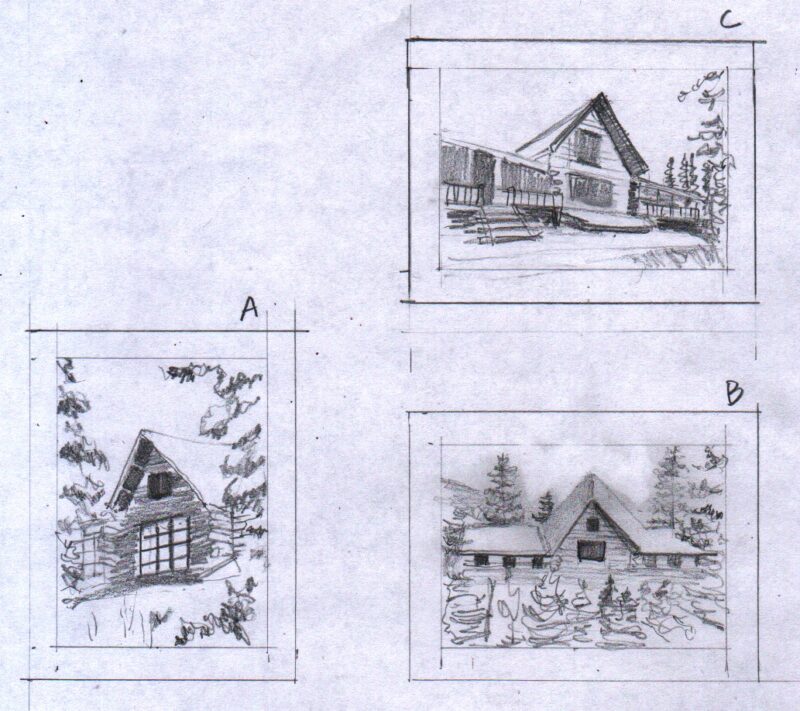
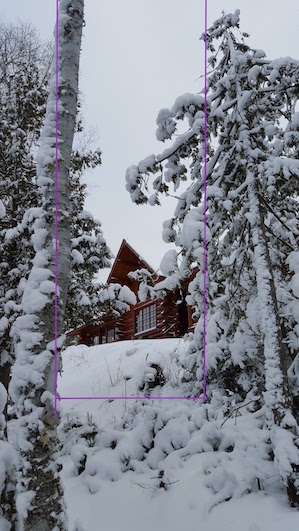
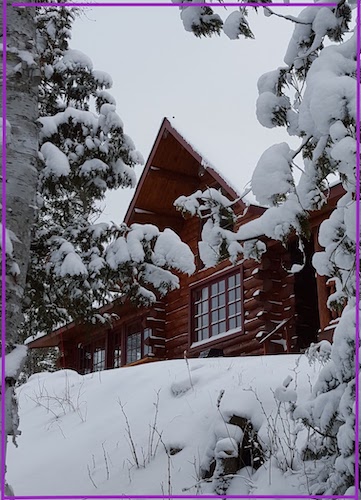
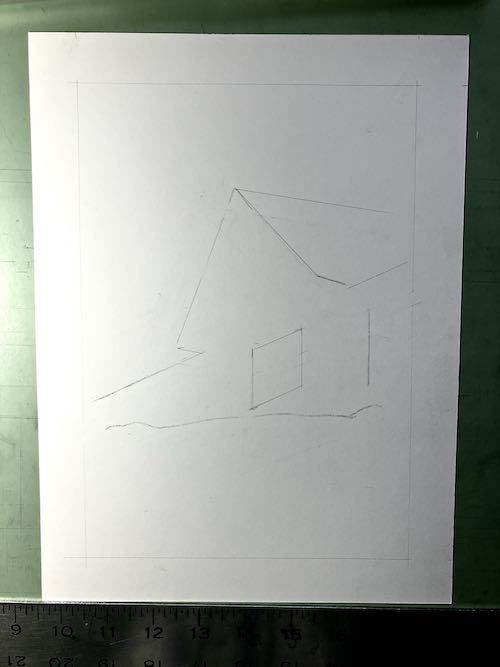
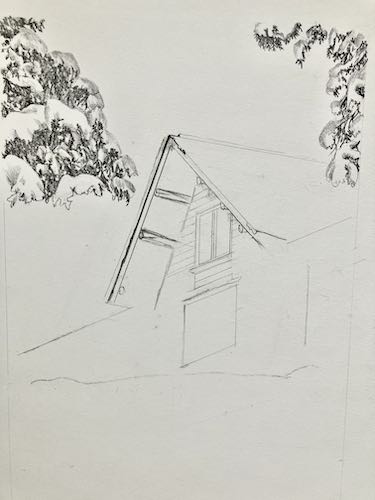
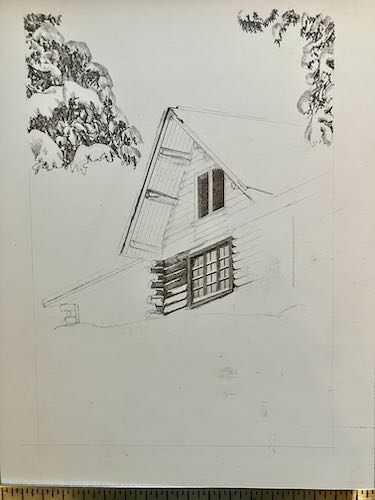
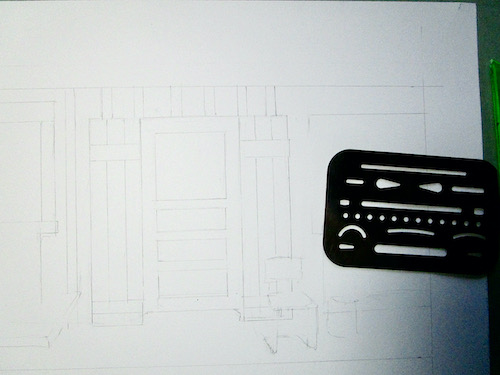
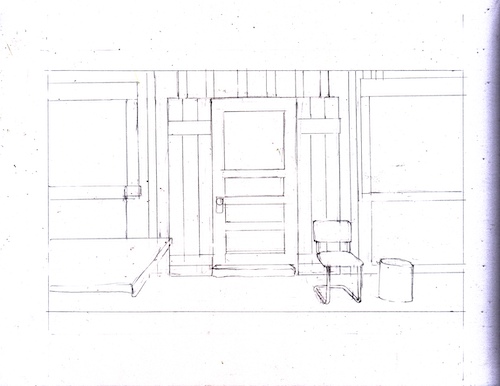
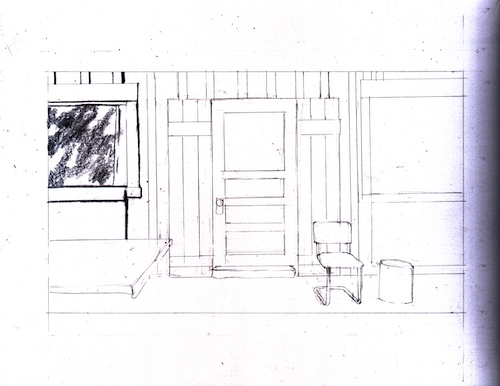 The scan looks much darker than the actual drawing because I want the texture to show.
The scan looks much darker than the actual drawing because I want the texture to show.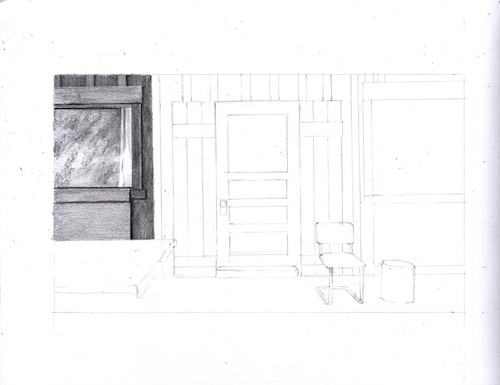
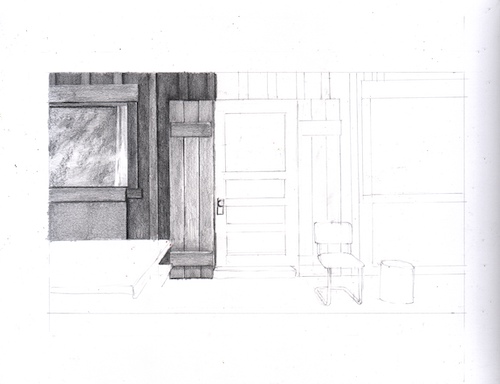
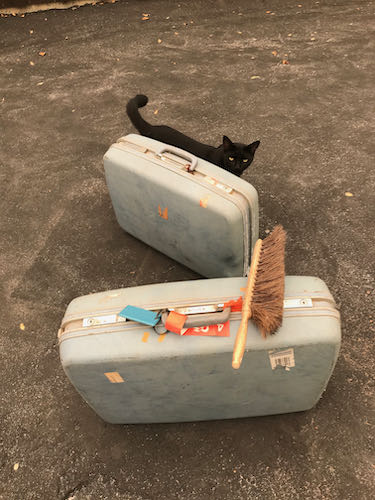
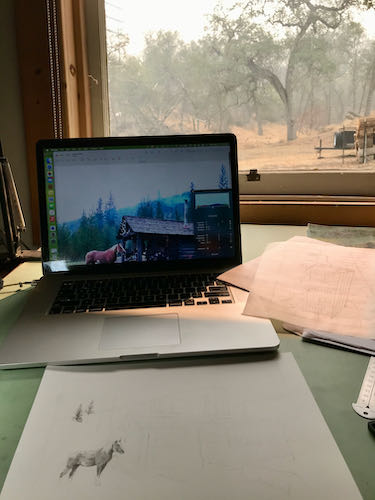
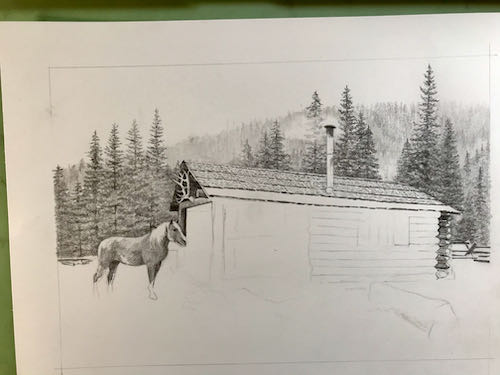
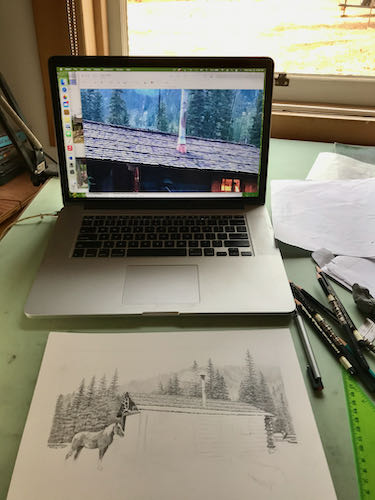 I drew most of the afternoon while listening to helicopters overhead, a welcome sound after they were silent throughout the smoky and worrisome morning.
I drew most of the afternoon while listening to helicopters overhead, a welcome sound after they were silent throughout the smoky and worrisome morning.